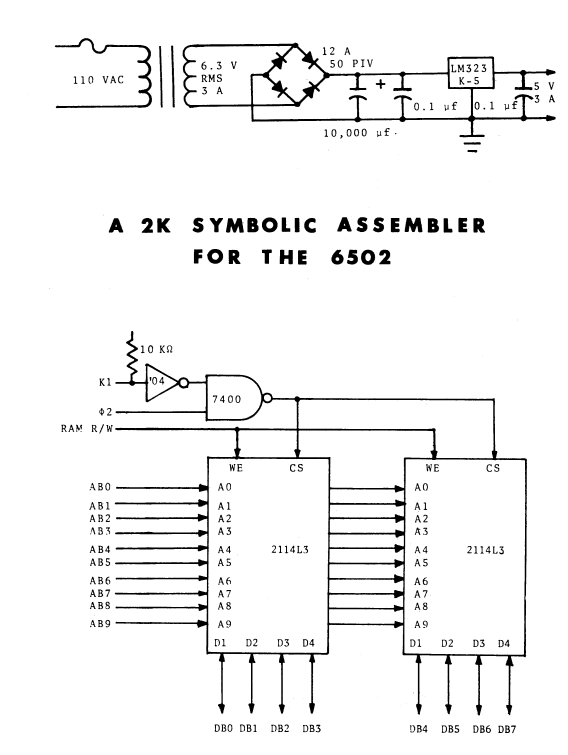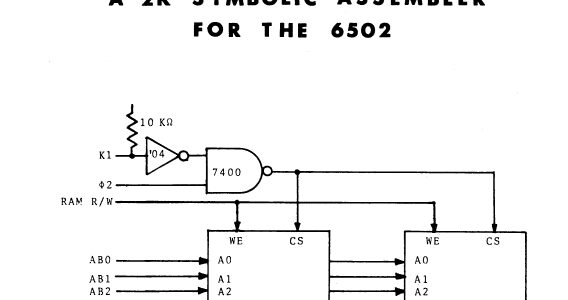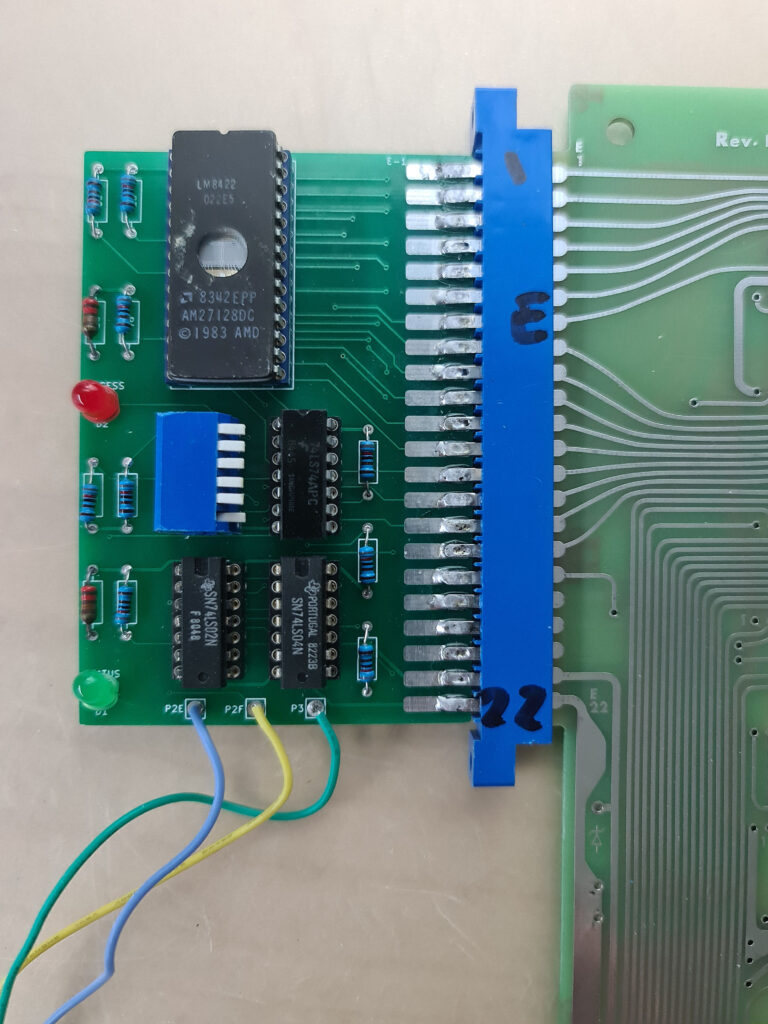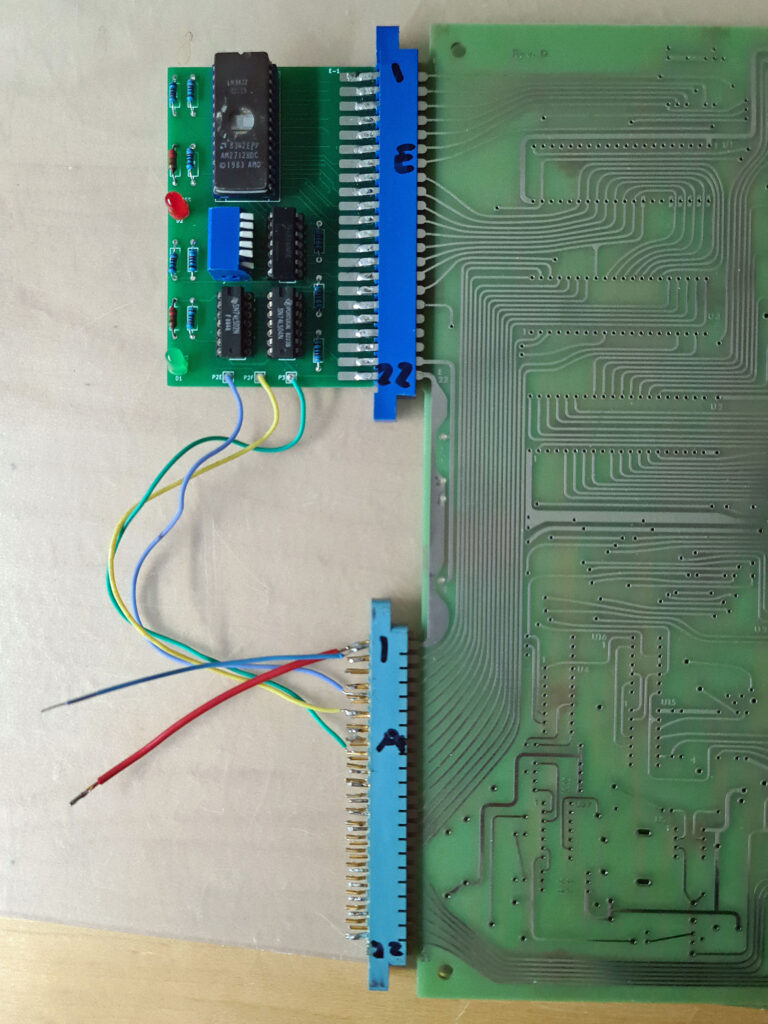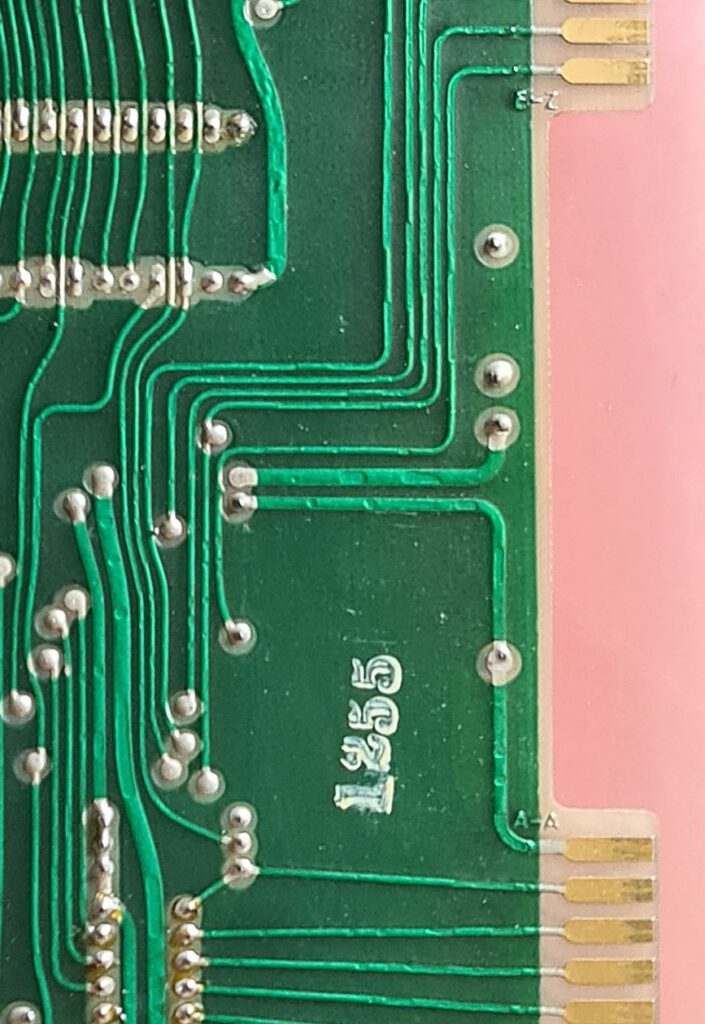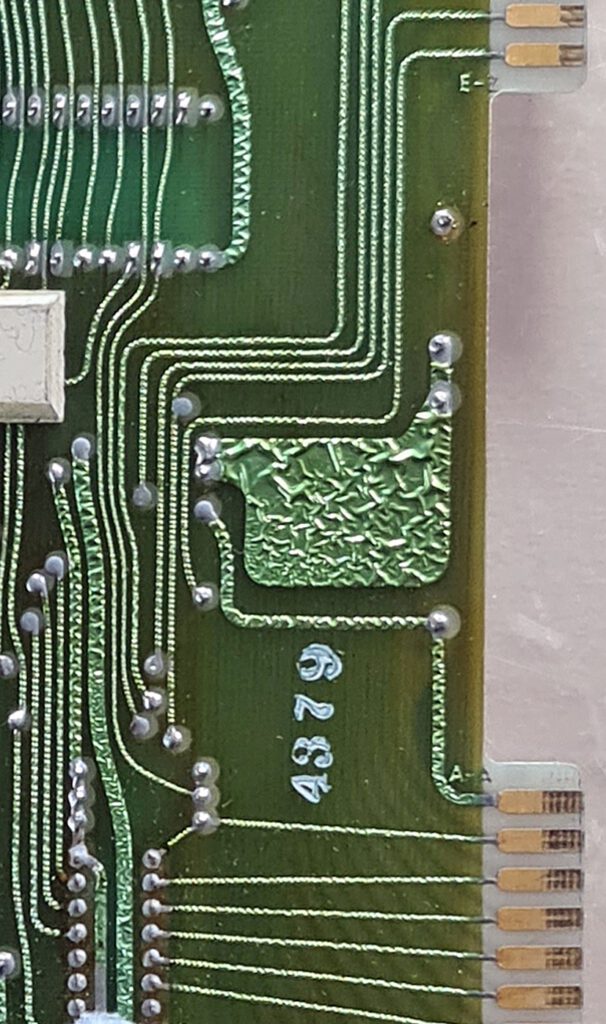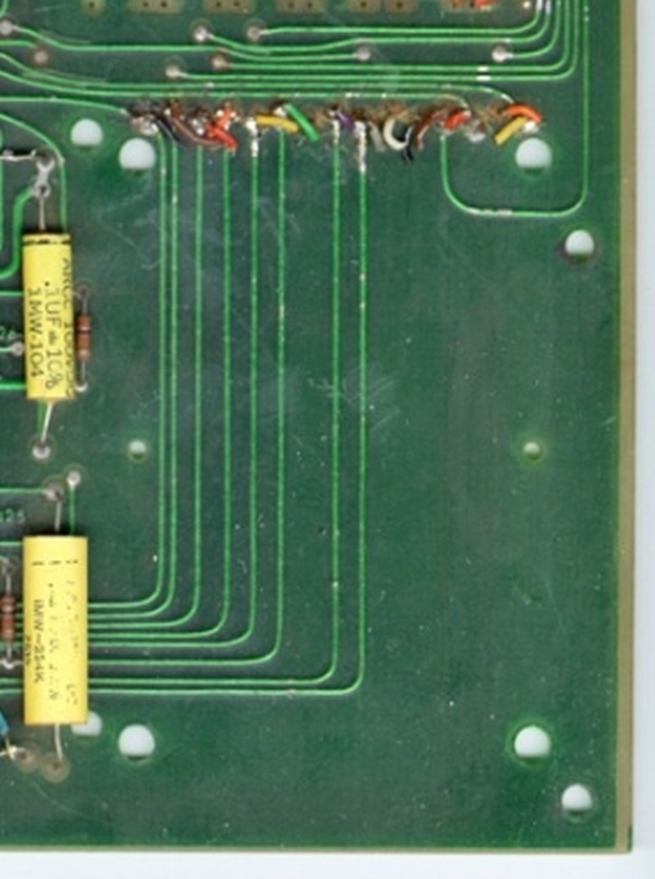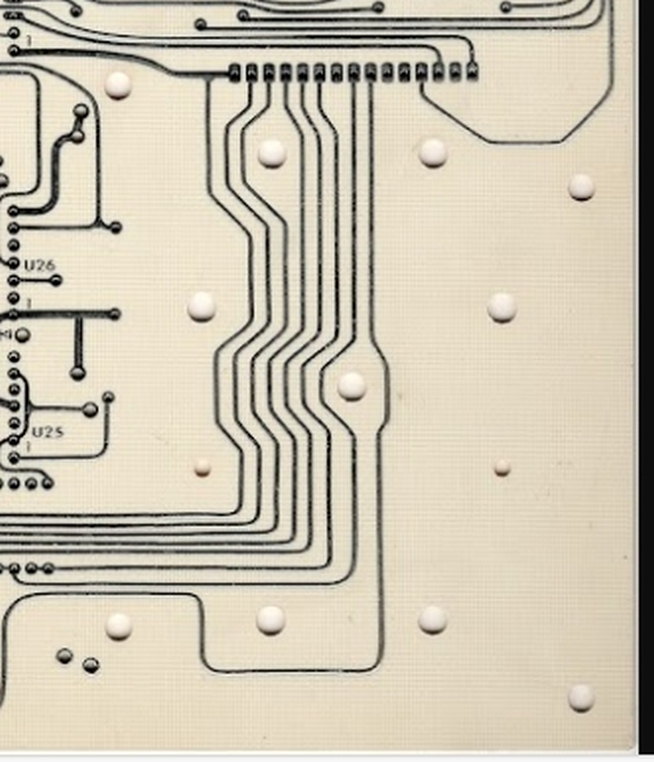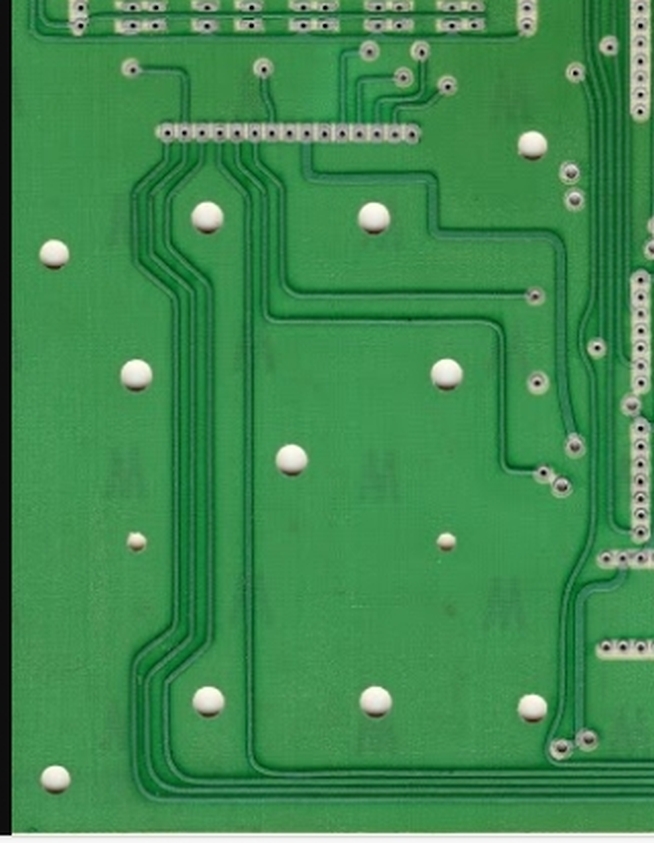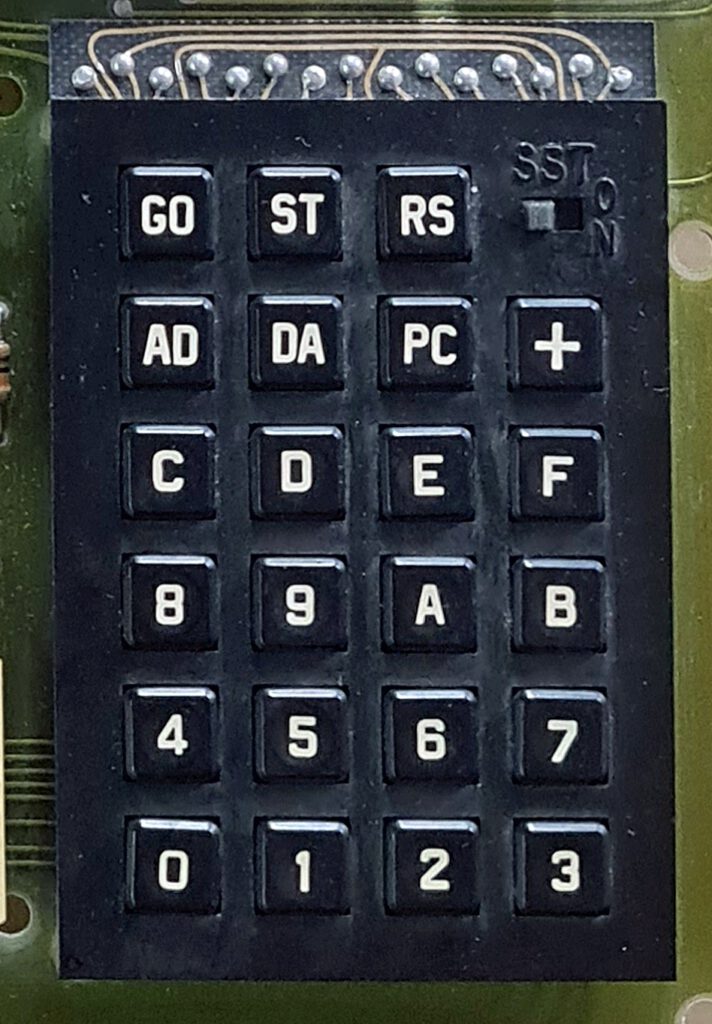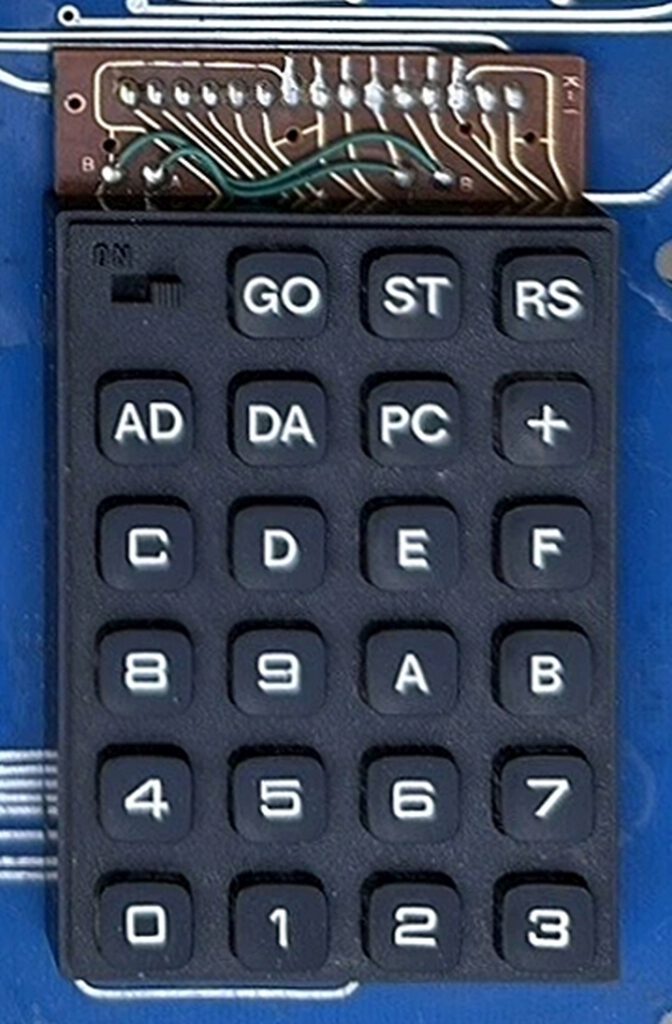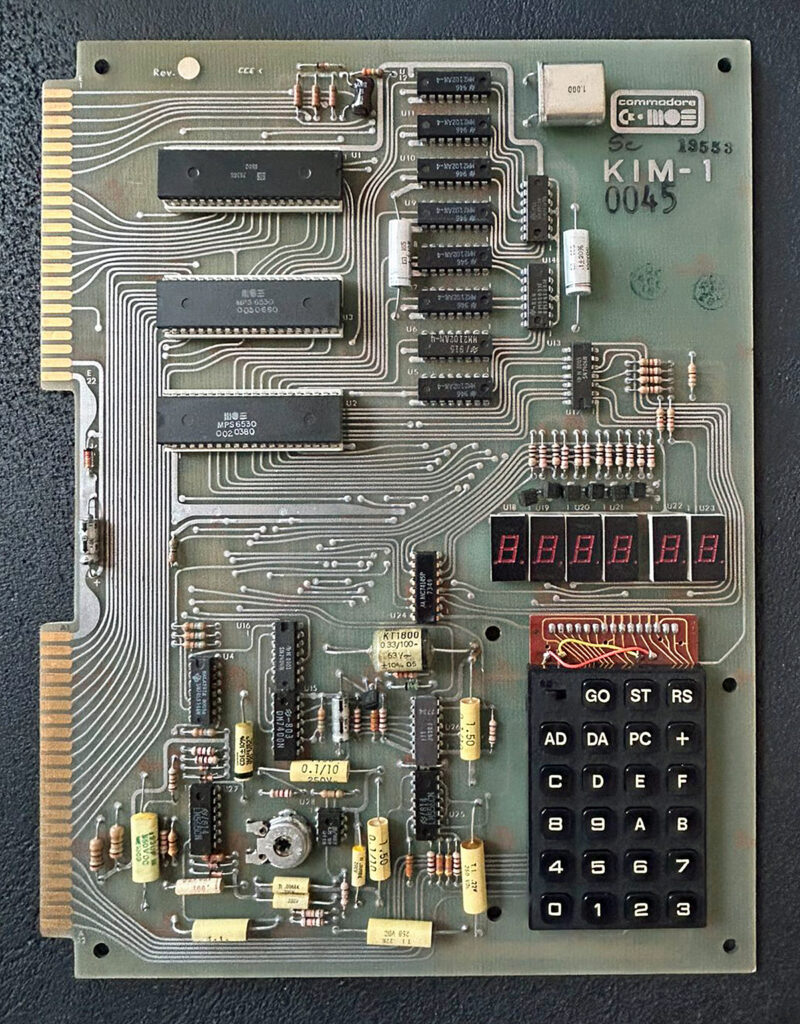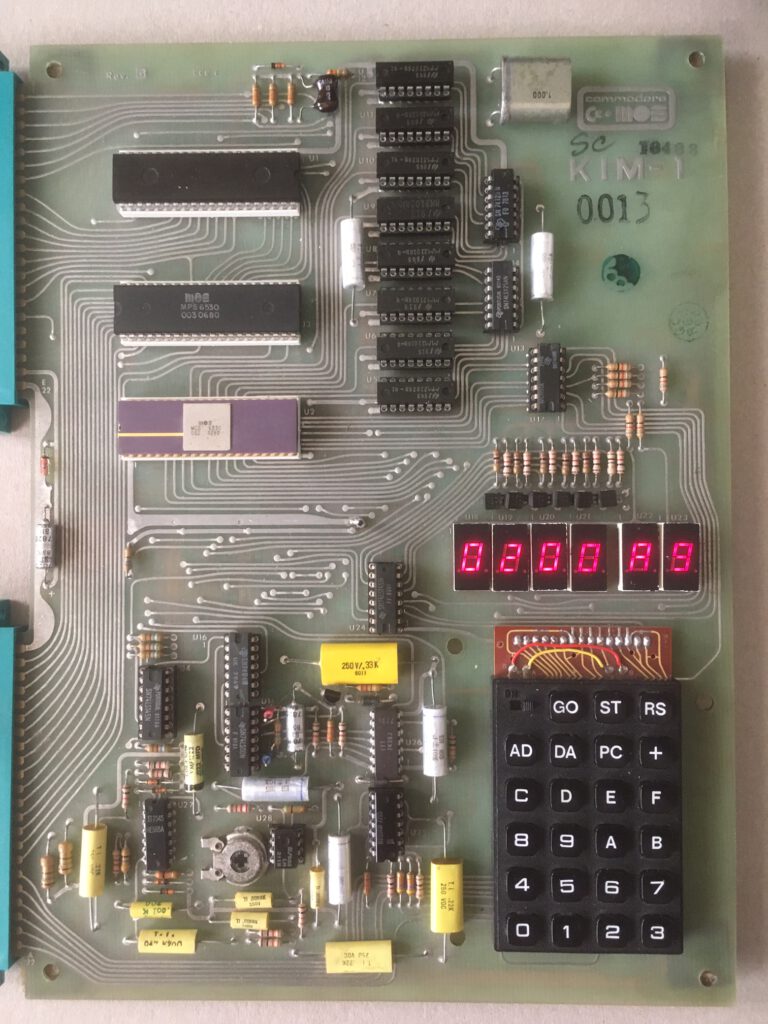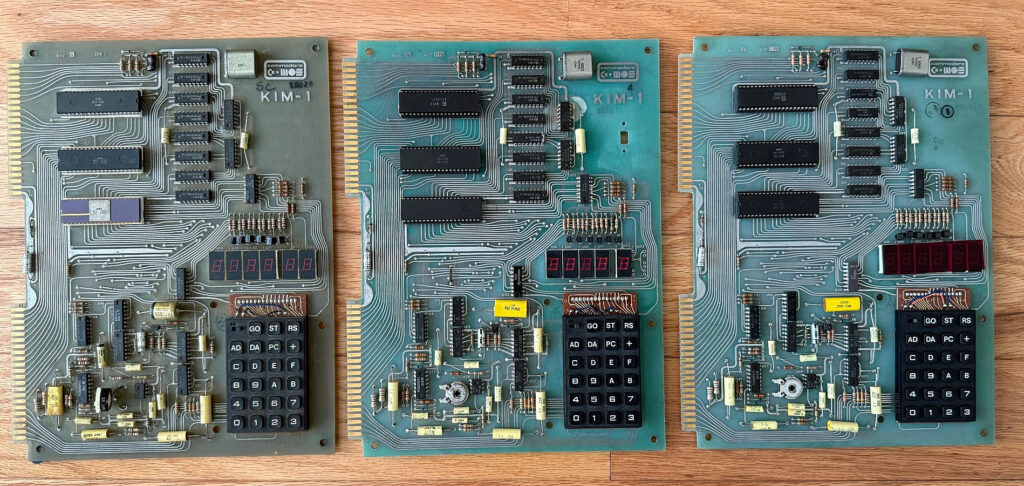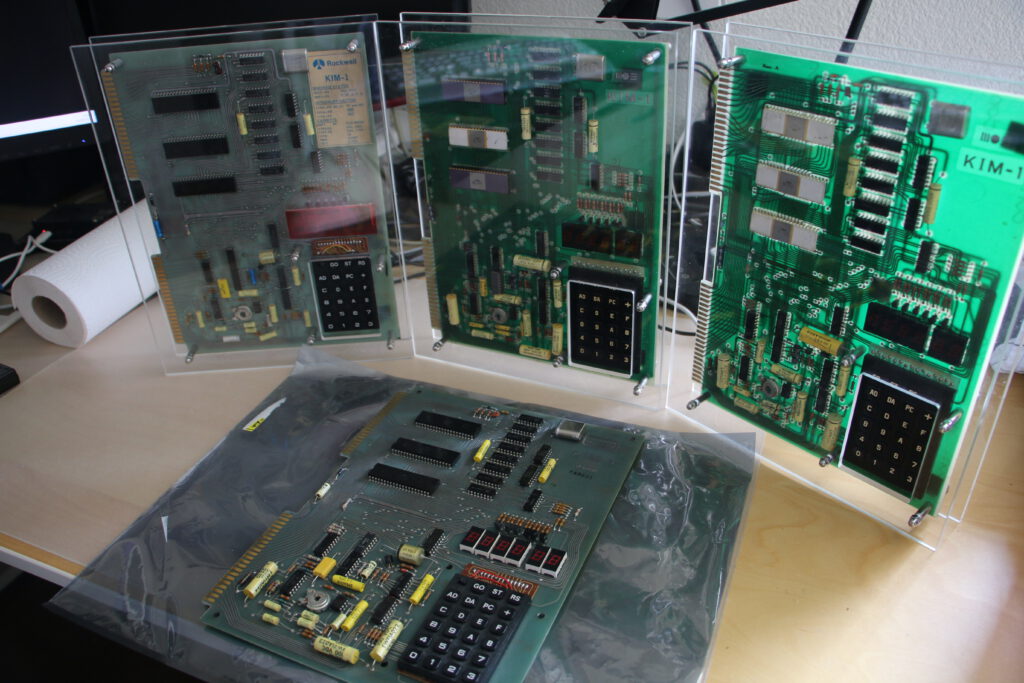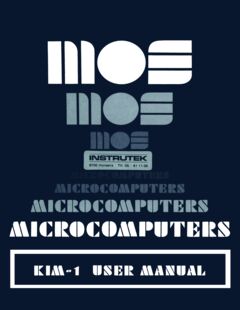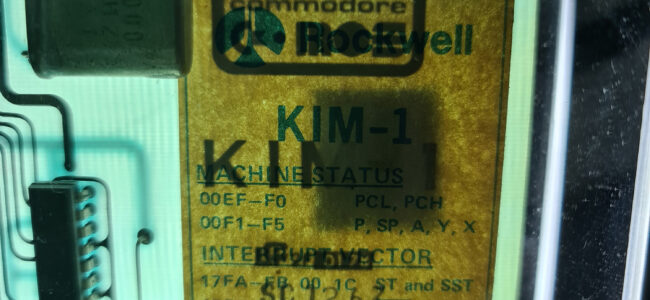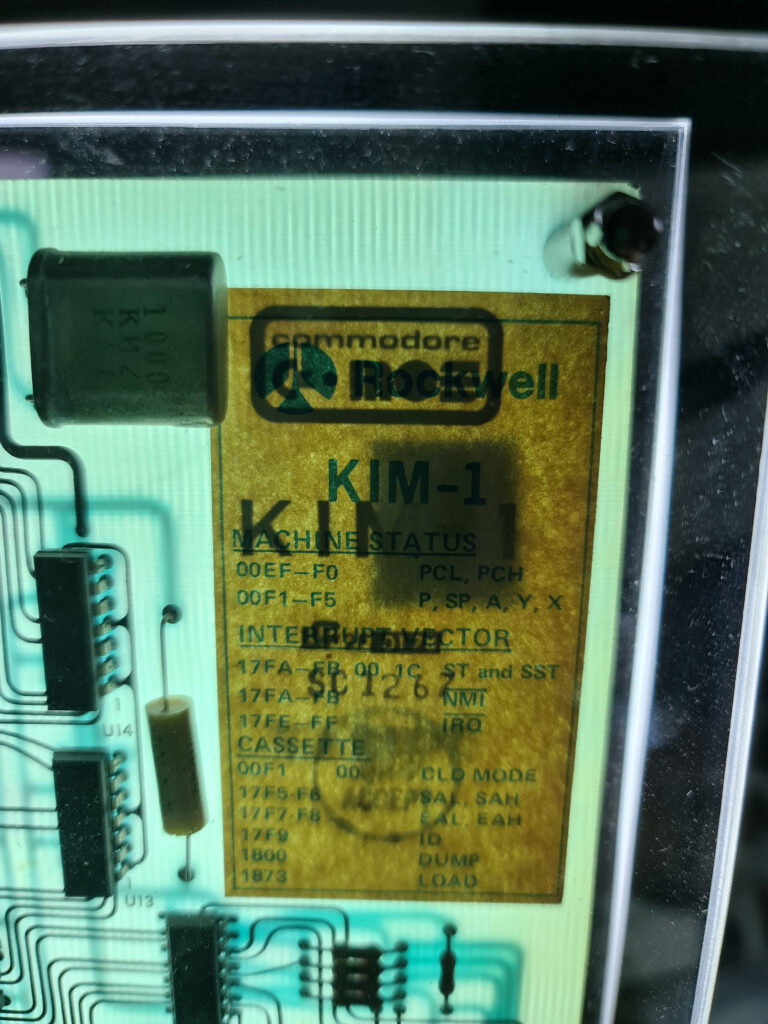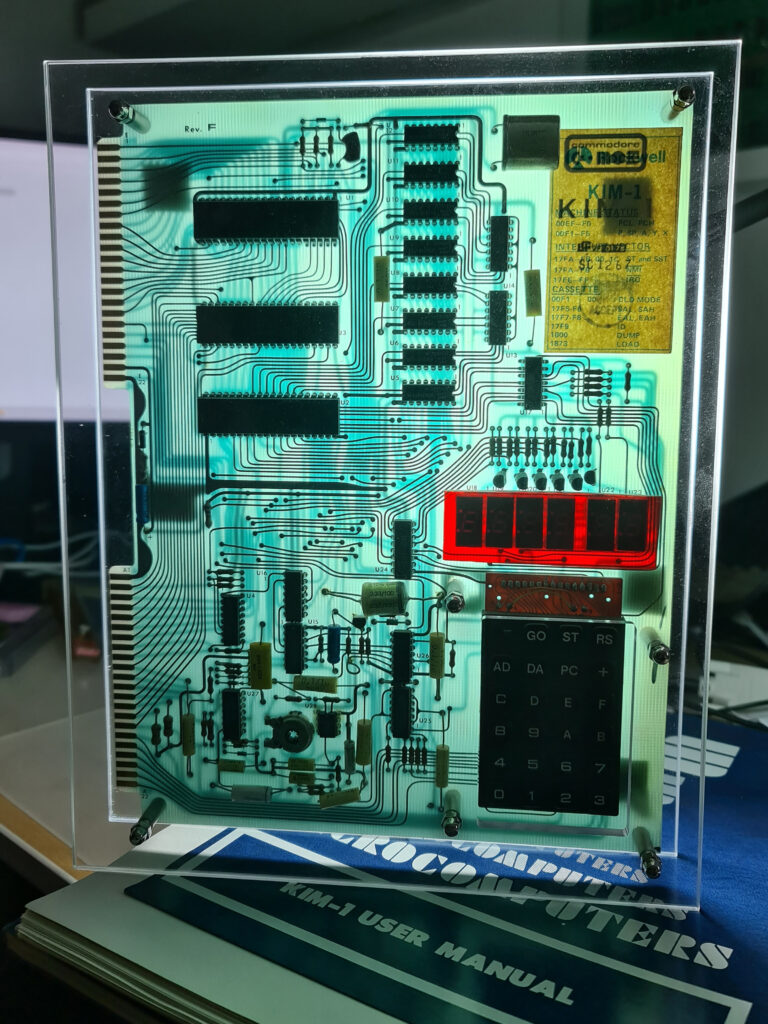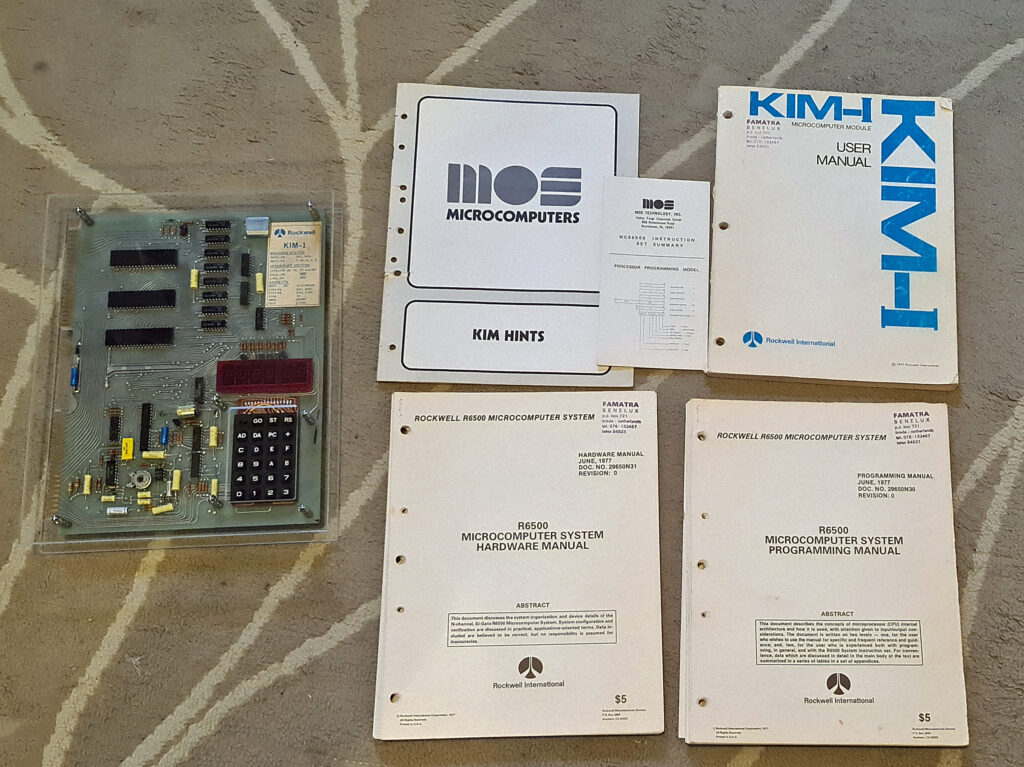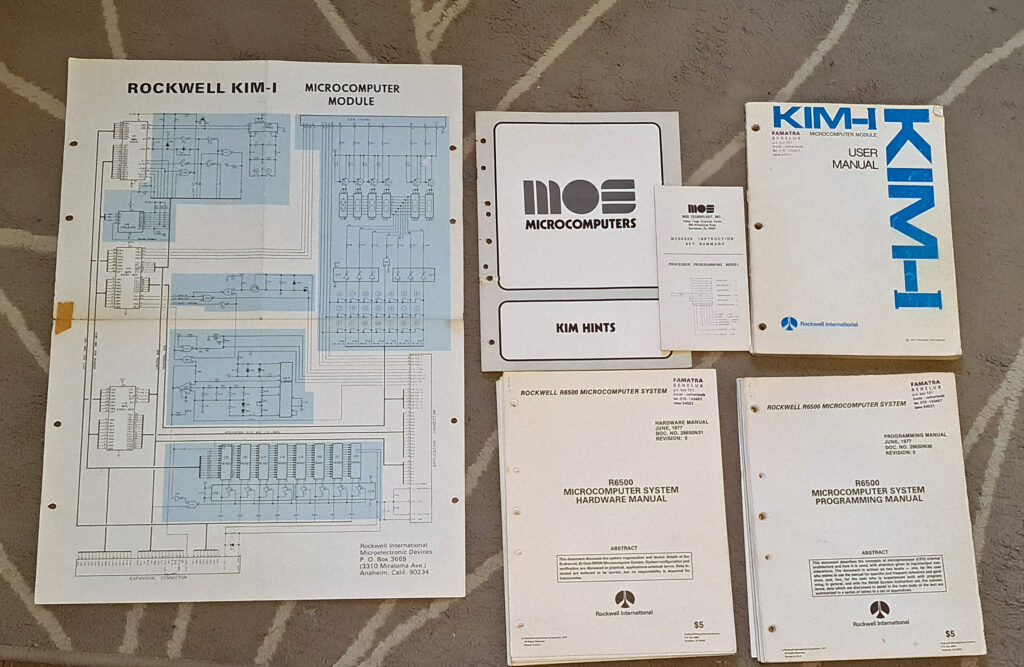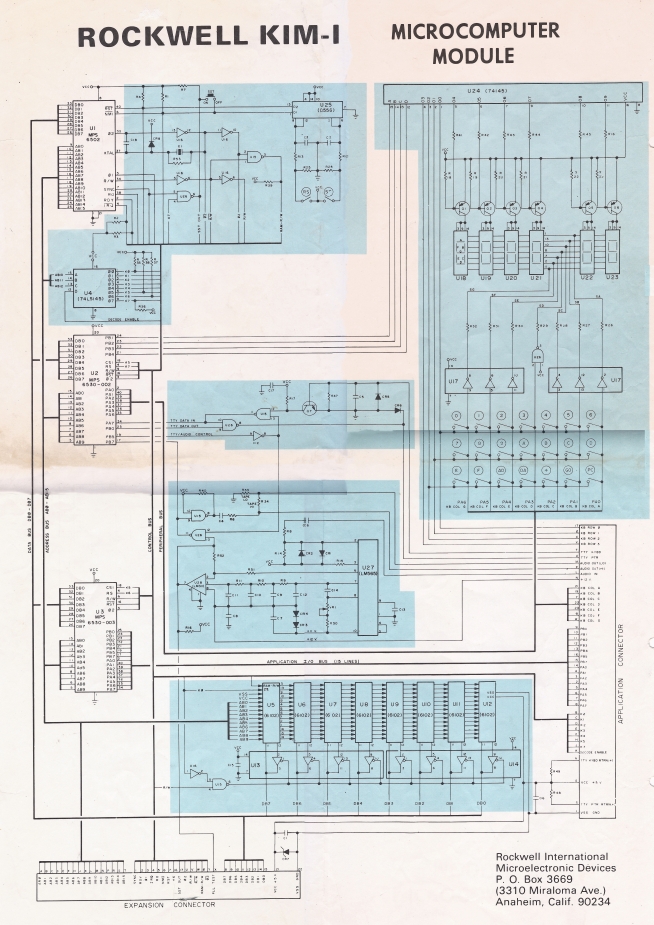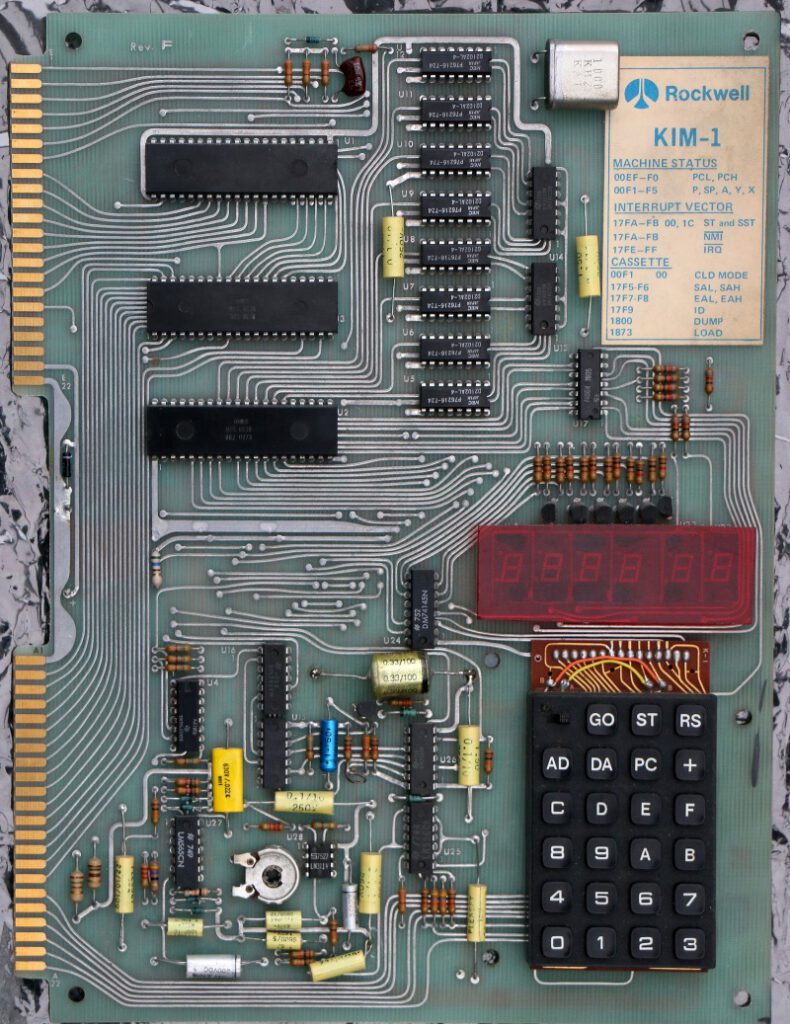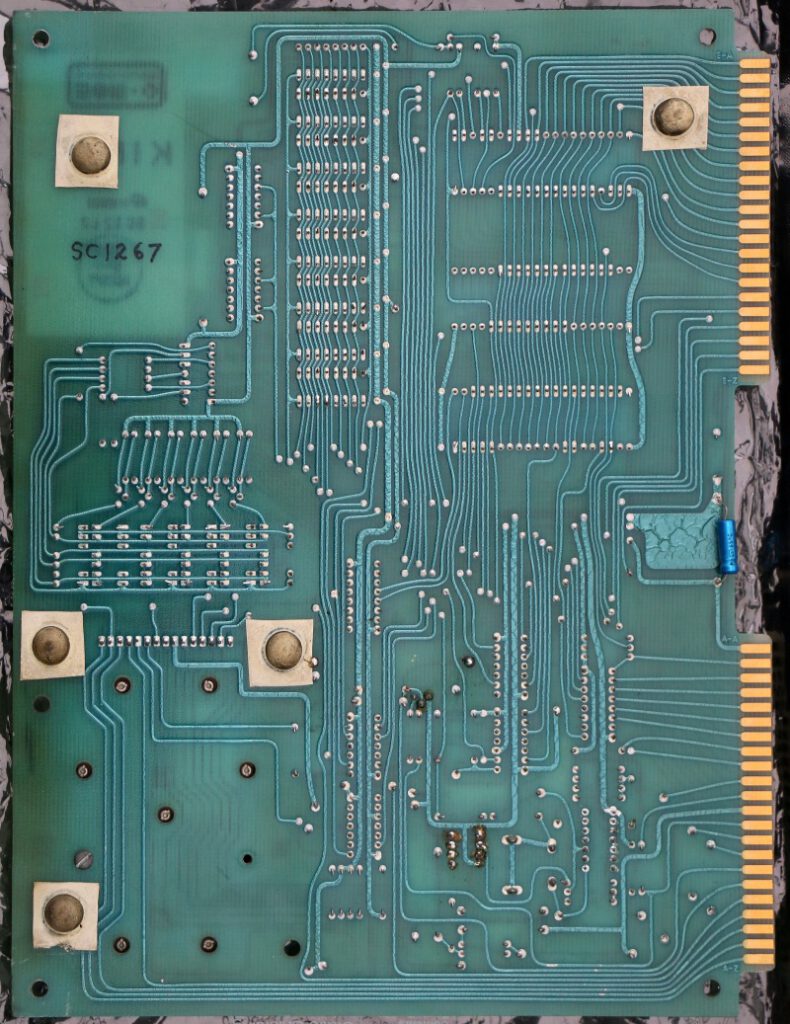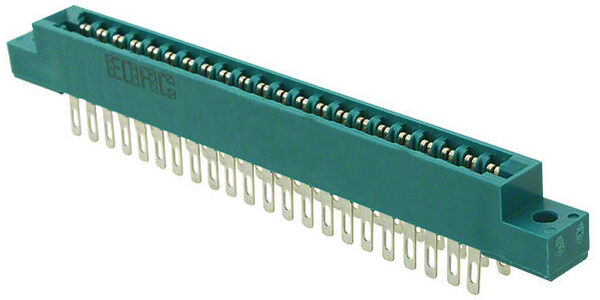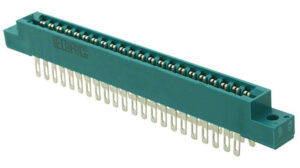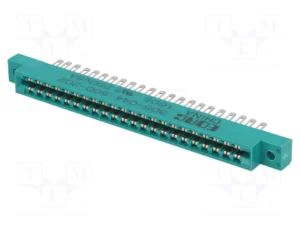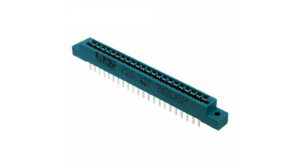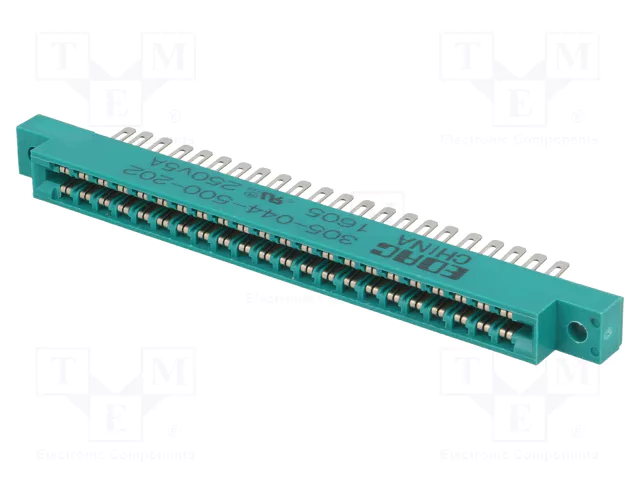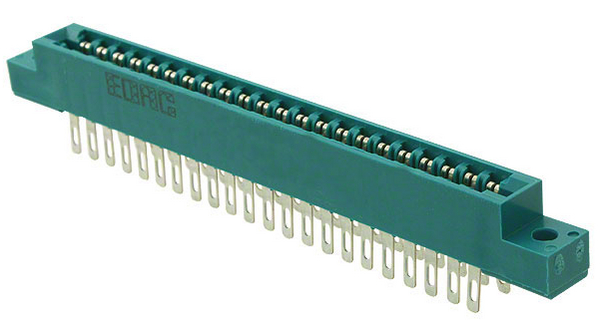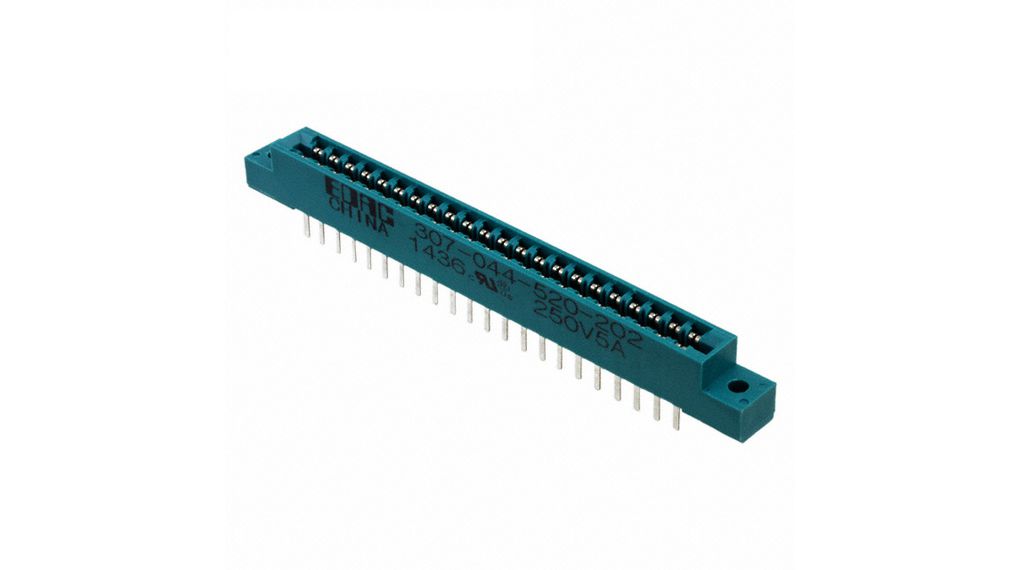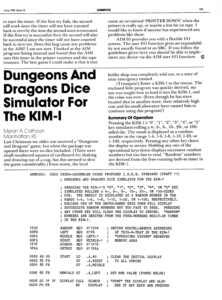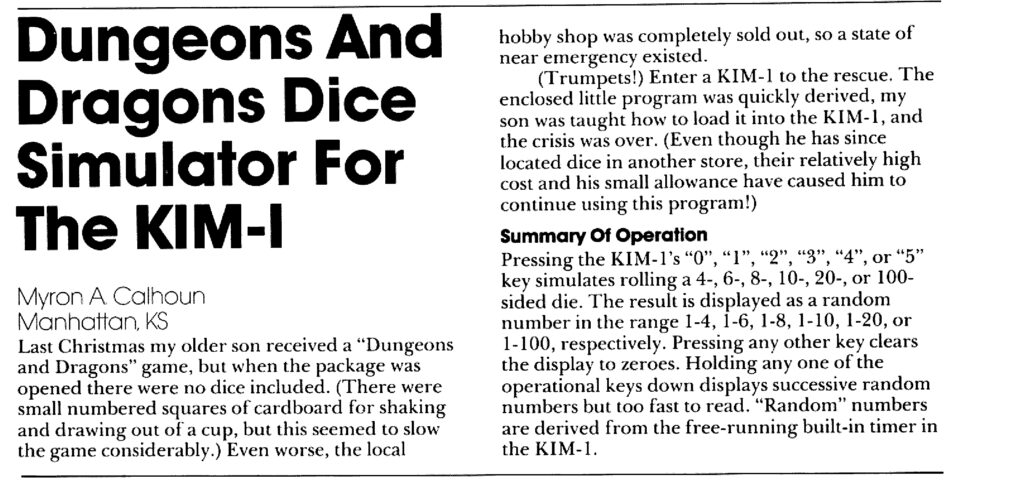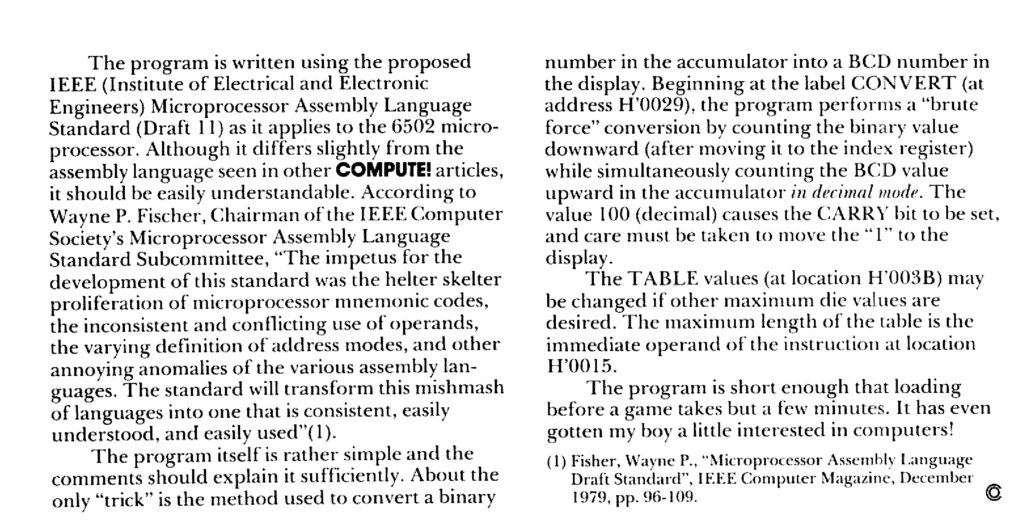A 2K Symbolic Assembler, by Robert Ford Denison. An assembler and editor in 2K!
This small program allows to assemble a program up to 1K on a KIM-1 system with only 4K, including 2K for the assembler.
One can enter program in the built-in line editor and assemble to memory.
Published as a small book by Robert Ford Denison around 1980, a scientist who is now Adjunct Professor Ecology, Evolution, and Behavior, College of Biological Sciences.
In the book the program is described in detail and in source format, a binary dump is added.
Two versions for the KIM-1 (at location 0200 and at 2000) and a SYM-1 version
Jeff Tranter converted the source and the dump in the book to CC65 (CA65) source format in 2012 for KIM-1 and SYM-1, with a version for the Apple 1 Replica.
You can find his work here (or in the download below)
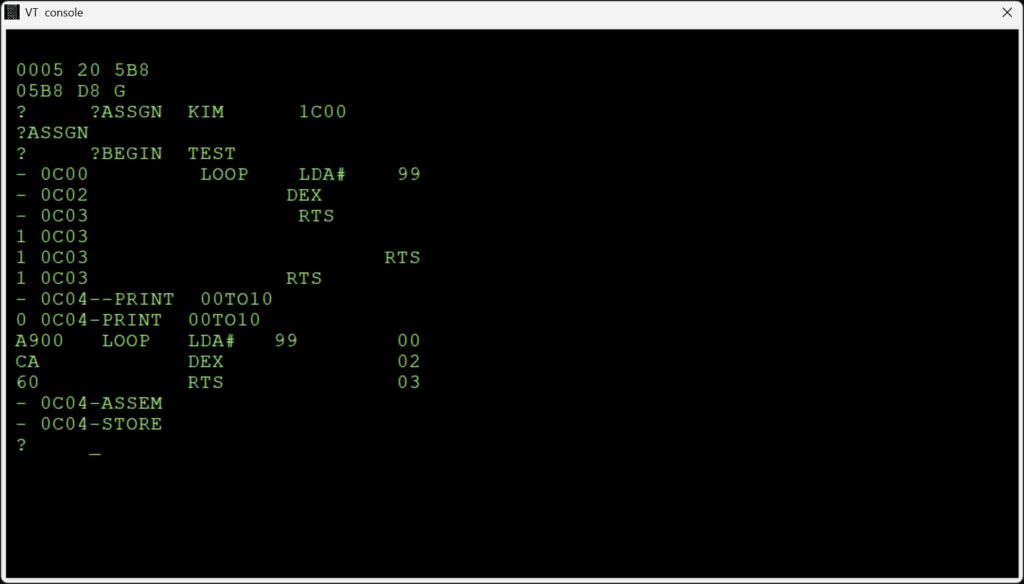
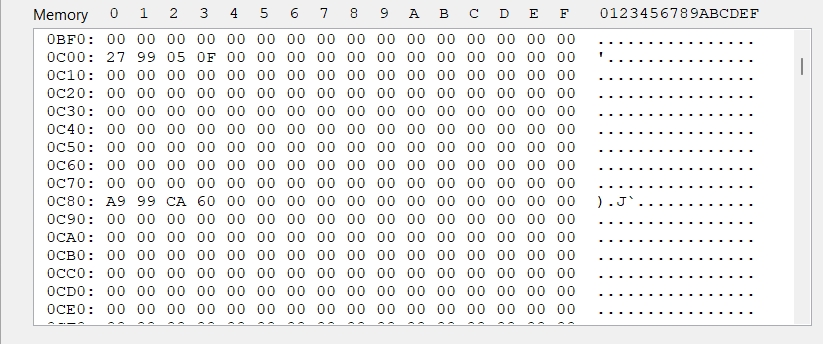
I rescanned the book in higher quality in October 2025 and tested the program in the KIM-1 Simulator as you can see in the screendumps above. I managed to edit and assemble a three line program! The user interface requires careful reading of the book, it takes some time to understand. Do not press TAB as I did in my test, just the SPACE key!
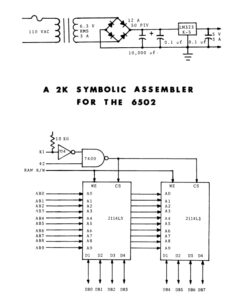
| 2K Symbolic Assembler for KIM-1 | ||
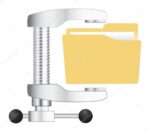
| 2K Symbolic Assembler Sources and binaries.zip |
